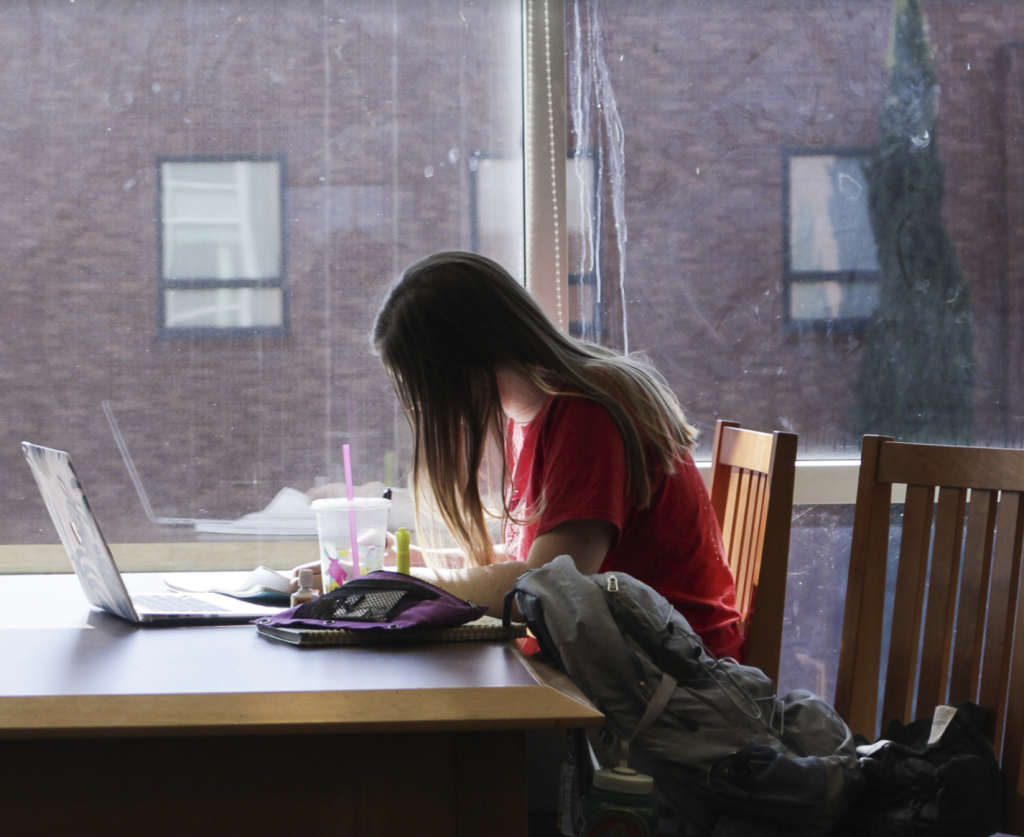
Karlene Curtin | Staff Writer
“Failure is not the opposite of success, failure is simply apart of its journey.” This quote was said by business woman Arianna Huffington, creator of Huffington Post. Huffington is one of many who have worked hard for their dreams to become a reality.
Choosing to continue one’s dreams despite the obstacles and defeats are related to courage and pushing forward. Whether the goals are in relation to a career, academics, athletics or any other reason, the fear of failure or the feeling of failure can affect motivation and stamina towards one’s progress.
There are many solutions to push forward. Here is a list of ways to regain motivation, even if failure or the loss of motivation have occurred.
Change perspective:
Mistakes or some sort of set back may have occurred. Take a step back and reflect on what happened. I suggest writing down a checklist to account for what went wrong.
Learn from it:
Change your perspective on mistakes. Understand that faults happen and it is a natural part of the learning process. When it comes to trying new things, mistakes are inevitable. It is better to learn from them than to dwell on them.
Grow from it:
A major part of growing is learning from mistakes and realizing what works. Mistakes and failures are a major part of life; learning from these setbacks can make one a better version of themselves.
Look for inspiration:
Find inspiration through others. Seeing how others complete their goals can help create a new strategy. New techniques and a new mindset can help complete goals that could be beneficial for reaching success.
Remind yourself why you started:
Asking the “why?” question is super important when trying to complete a goal. Whether it is career, school or even the beginning of a new project or health plan, reminding oneself “why?” can remind us why we begin this journey in the first place. It can possibly bring back loss of motivation too.
Try again:
Don’t ever give up on dreams. Push through the unique journey, even if it takes more than a second time to try.
Contact the author at kcurtin14@wou.edu
Photo by Rebecca Meyers










